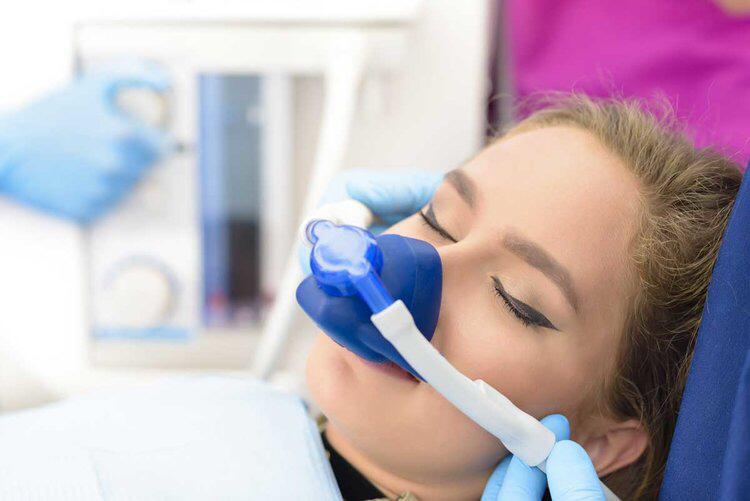The sedation used in dentistry heavily depend on its use and power. Your dentist will choose what the best option for you is and it is determined by the dental treatments you need, the duration of the dental procedure, and so on.

The intensity of the sedatives differ from mild, moderate, and deep. As per the Academy of General Dentistry, dental sedation is guaranteed to be safe, but it is essential to discuss with your dentist about the procedures involved and the expectation from being sedated.
To avoid certain complications, you should always discuss your full medical history to your dental surgeon. Provide a list of your current medications whether they are prescription drugs or food supplements. Without further ado, here are the 5 types of dental sedation that are used in the field of dentistry:
1. Anxiolysis is the 1st on the list. It is the mildest, and it is popularly known as the inhaled sedation or inhalation analgesia. You will be given nitrous oxide, or commonly referred to as "laughing gas", and oxygen will be added to the mix. This will be placed over your nose and it will be inhaled through a mask. The laughing gas is one of the common anesthesia given to people who suffer anxiety attacks. The amount of nitrous oxide you inhale is controlled by your dentist. Do know that the gas will likely to subside rapidly. It will be just enough for you to drive home safely immediately after your dental procedure.
2. Next is the oral sedation. This type of sedation is associated to dentistry in general. For it to take effect, you are given pills and you should take it 1 hour before the dental procedure. Patients can be groggy form oral conscious sedation (OCS). This lowers the sensation of pain, but you will notice a moderate tap or shake.
3. Another moderate sedation is the intravenous sedation. This works like the oral sedation. The main difference between oral and intravenous sedation is location where it is administered. In intravenous sedation, the drug is inserted through your vein in order to work more swiftly. This is ideal to use during the shorter procedures.
4. Lastly, the general anesthesia is the strongest. This is used not only for simple dental work, but also for surgeries. Anesthesia is used for people who are not eligible for any type of sedation mentioned above. If you are having general anesthesia, please bring someone with you to act as the designated driver. For the first 30 minutes.
5. Local anaesthetics may also be used for postoperative pain relief, thereby reducing the need for analgesics such as opioids. Bupivacaine hydrochloride has a longer duration of action than other local anaesthetics. It has a slow onset of action, taking up to 30 minutes for full effect.
created with
WordPress Website Builder .